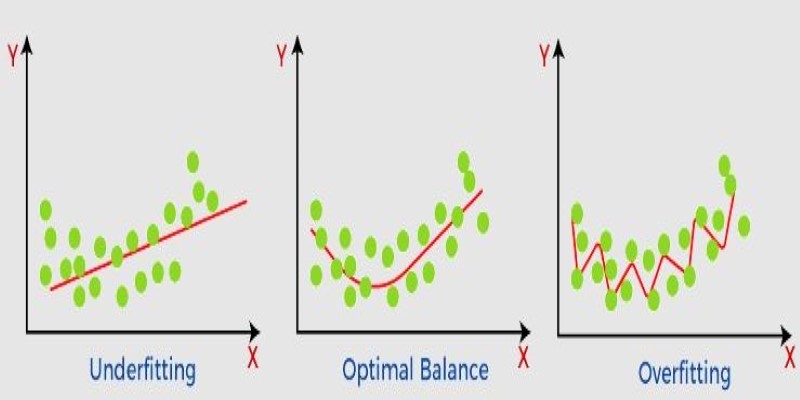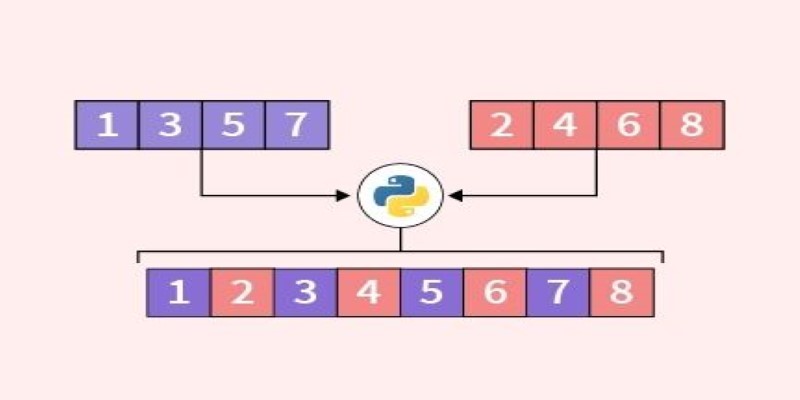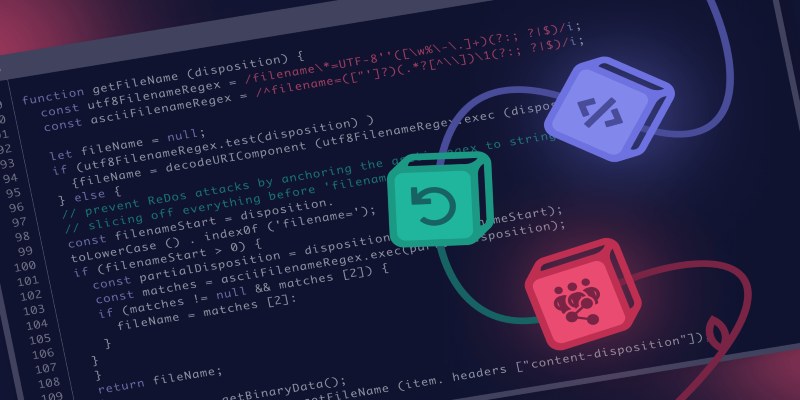Advertisement
Amazon Web Services (AWS) has introduced new GenAI tools to accelerate AI project development. These tools offer robust model training and image generation capabilities, streamlining complex workflows through integrated cloud technologies and automation. With minimal effort, developers can build advanced AI pipelines using upgraded Amazon SageMaker and Amazon Bedrock features.
These enhancements provide scalable, high-performance options for enterprise and research applications. AWS's reliable infrastructure ensures faster, more consistent results, while cloud-native customization enables more flexible model training. Altogether, these updates aim to deliver seamless use case implementation as AWS continues to lead in generative AI innovation.

Amazon Bedrock now supports modern image-generation models that produce high-quality graphics in seconds. Leading companies such as Stability AI offer foundation models for developers through Bedrock. These models generate realistic, highly detailed visuals from simple text prompts. Through enterprise-grade integration, AWS guarantees security and scalability. Bedrock lets generative capabilities be tuned in real-time without sophisticated ML understanding. Built-in APIs let teams iterate and rapidly test photos. The tool supports several formats for business and scientific requirements.
Less operational issues during deployment speed things up. UI by Bedrock streamlines results in control and prompt design. With minimum preparation, users can create thousands of original images. Images can be found in retail, gaming, and marketing, among other sectors. Data privacy protections available on AWS guarantee protection and compliance. Transparency comes from cost restrictions and usage tracking. Productivity rises as seamless integration with AWS processes becomes second nature. For those wanting fast, scalable image production, Bedrock is perfect. It represents a significant advancement in visual artificial intelligence applications housed on clouds.
Amazon SageMaker now offers enhanced capabilities for fast and accurate model training. It supports more efficient, advanced generative AI models, with training distribution and auto-scaling reducing infrastructure needs and setup time. Model parallelism enables SageMaker to train large models without memory limitations. Developers have full control over model behavior and testing, with built-in real-time metrics for accuracy, latency, and loss. With clever techniques, hyperparameter adjustment requires less computation. It also now supports open-source, seamless import libraries and Hugging Face.
Teams can hone models for particular jobs, such as picture captioning, translation, and summarizing. For vast quantities, SageMaker interacts with Amazon S3. Models can be used straight at endpoints for live applications. By default, incorporate security and compliance tools. Debugging benefits from tracking errors and log entries. These improvements help SageMaker be more adaptable for various artificial intelligence initiatives. GenAI updates from AWS streamline both deployment and training precisely.

AWS supports large-scale GenAI initiatives through enhanced cloud-based collaboration tools. Teams can collaboratively develop models within shared environments in Amazon SageMaker Studio. Role-based access controls ensure secure collaboration across departments within projects. To accelerate development tasks, AWS CodeWhisperer integrates with IDEs. During training, version control supports model checkpointing and recovery. Scalable computational resources let workloads change depending on demand in real-time—fewer delays help projects be more easily controlled. Support from several regions improves compliance and resilience among teams worldwide. For datasets and output files, Amazon EFS and FSx streamline file sharing.
Collaborative notebooks in AWS support visual debugging, live annotations, and real-time documentation. Multiple users can run tests simultaneously without conflicts. The AWS Management Console offers real-time monitoring of resource usage. One can control budgets and quotas either team-wise or project-wise. These qualities provide a consistent stage for international artificial intelligence cooperation. While keeping total control, developers save time. On challenging generative AI projects, AWS facilitates scale and collaboration.
AWS GenAI tools now streamline real-time inference and model deployment. Amazon SageMaker Inference delivers low-latency predictions through multi-model endpoints. It enables developers to deploy multiple models on a single endpoint. It greatly lowers latency and saves computing. Load balancing guarantees great availability during maximum use. Real-time inference allows language translation, image labeling, and chatbots, among other uses. Scaling occurs naturally under elastic container support. IAM roles for API access, VPC isolation, and encryption are among the security measures.
AWS Lambda is linked to event-based inference logic. Integration of CloudWatch facilitates live performance and error rate monitoring. One might maximize model containers for GPU acceleration. Model updates can be deployed without incurring downtime. Models are also kept under constant watch for performance decline or drift. These characteristics increase user experience and cut time to market. AWS's strong backend helps real-time apps remain responsive and efficient. At scale, production-grade GenAI services would find it excellent.
AWS provides configurable SDKs and APIs to enable unique GenAI processes. Developers can use AWS SDKs for Python, Java, and other languages. These SDKs allow automated execution of image generation and model training pipelines. One can construct event-driven models with Step Functions or AWS Lambda. APIs let data inputs and outputs be finely tuned under control. Workflows can be designed with error handling and conditional logic. Both AWS Glue and Athena allow data preparation to be included.
From one interface, users may coordinate multiple-step actions. Blueprints and templates enable novices to start fast. Advanced users get from AI tool customizing at the SDK level. AWS Secrets Manager safely controls API keys and tokens. AWS CloudTrail records streamline monitoring. You can create alerts for breakdowns in workflow. These tools enable real-time and batch tasks alike. Developers can tailor GenAI services to meet specific enterprise requirements. The rich API environment of AWS allows artificial intelligence integration to be scalable and versatile for all users.
AWS has reinterpreted generative artificial intelligence using fresh tools for model training and visual creation. Updates on Amazon Bedrock and SageMaker provide users with speed, control, and scalability. These solutions streamline artificial intelligence development in several sectors. The workflow stays flawless and safe from training to deployment. Advanced possibilities, including cloud collaboration and real-time inference, support faster delivery. Companies can now innovate without the burden of managing complex infrastructure.
Advertisement

IBM showcased its agentic AI at RSAC 2025, introducing a new approach to autonomous security operations. Learn how this technology enables faster response and smarter defense

Writer unveils a new AI platform empowering businesses to build and deploy intelligent, task-based agents.

Speed up your deep learning projects with NVIDIA DGX Cloud. Easily train models with H100 GPUs on NVIDIA DGX Cloud for faster, scalable AI development

How a machine learning algorithm uses wearable technology data to predict mood changes, offering early insights into emotional well-being and mental health trends

What non-generalization and generalization mean in machine learning models, why they happen, and how to improve model generalization for reliable predictions

Looking for the best way to merge two lists in Python? This guide walks through ten practical methods with simple examples. Whether you're scripting or building something big, learn how to combine lists in Python without extra complexity

Nvidia is set to manufacture AI supercomputers in the US for the first time, while Deloitte deepens agentic AI adoption through partnerships with Google Cloud and ServiceNow

Accelerate AI with AWS GenAI tools offering scalable image creation and model training using Bedrock and SageMaker features

Curious how LLMs learn to write and understand code? From setting a goal to cleaning datasets and training with intent, here’s how coding models actually come together

How can vision-language models learn to respond more like people want? Discover how TRL uses human preferences, reward models, and PPO to align VLM outputs with what actually feels helpful

How LLMs and BERT handle language tasks like sentiment analysis, content generation, and question answering. Learn where each model fits in modern language model applications

Discover the exact AI tools and strategies to build a faceless YouTube channel that earns $10K/month.